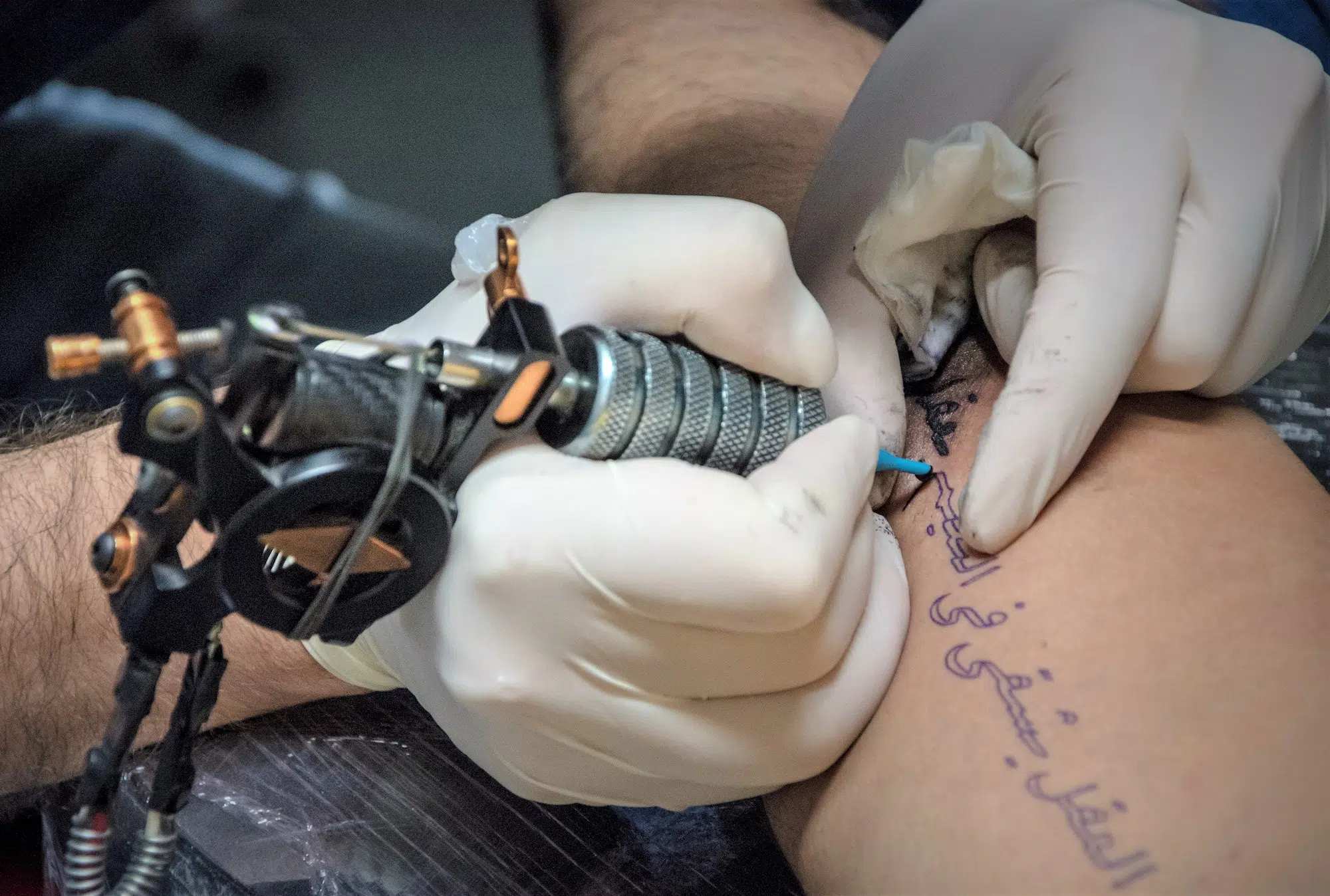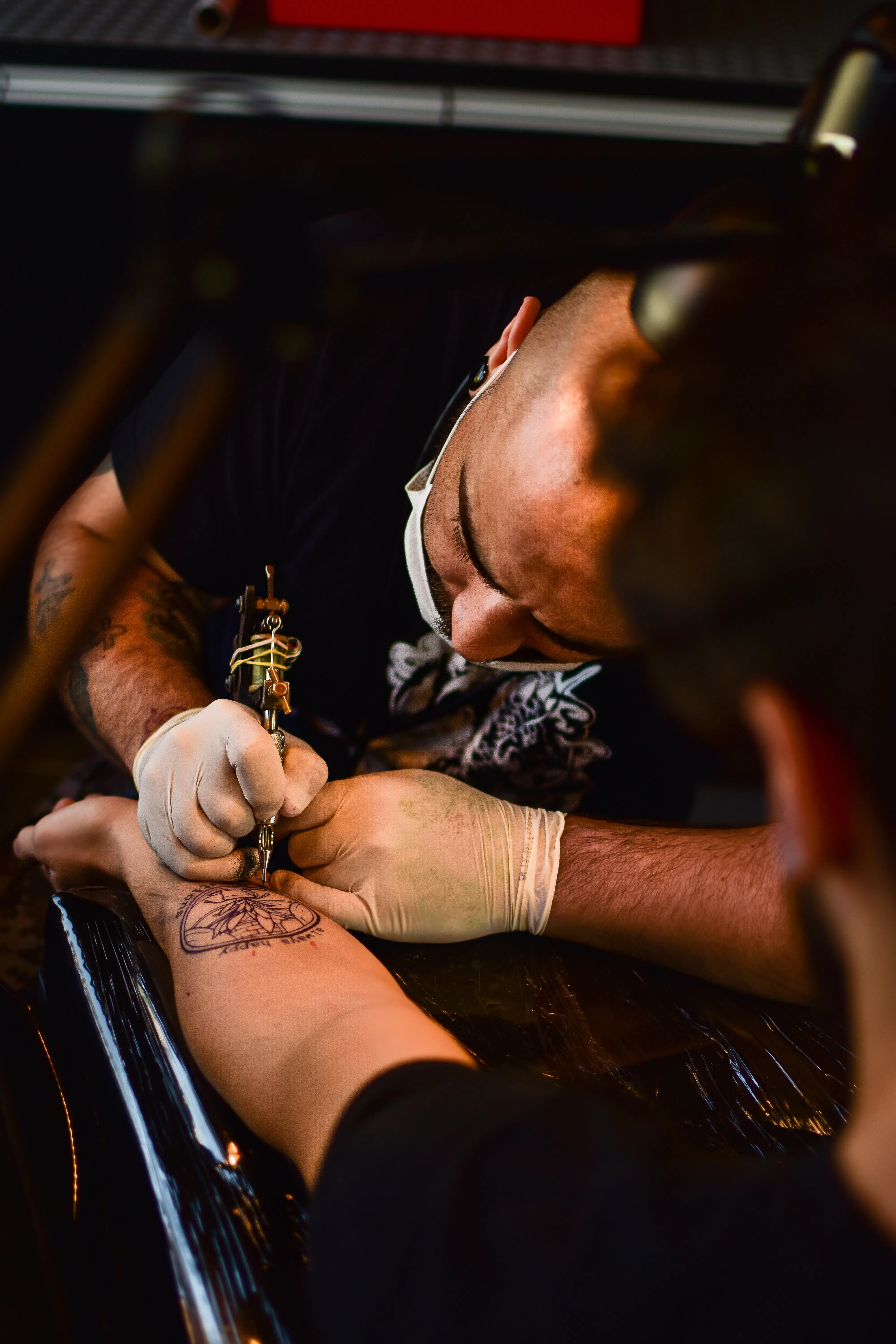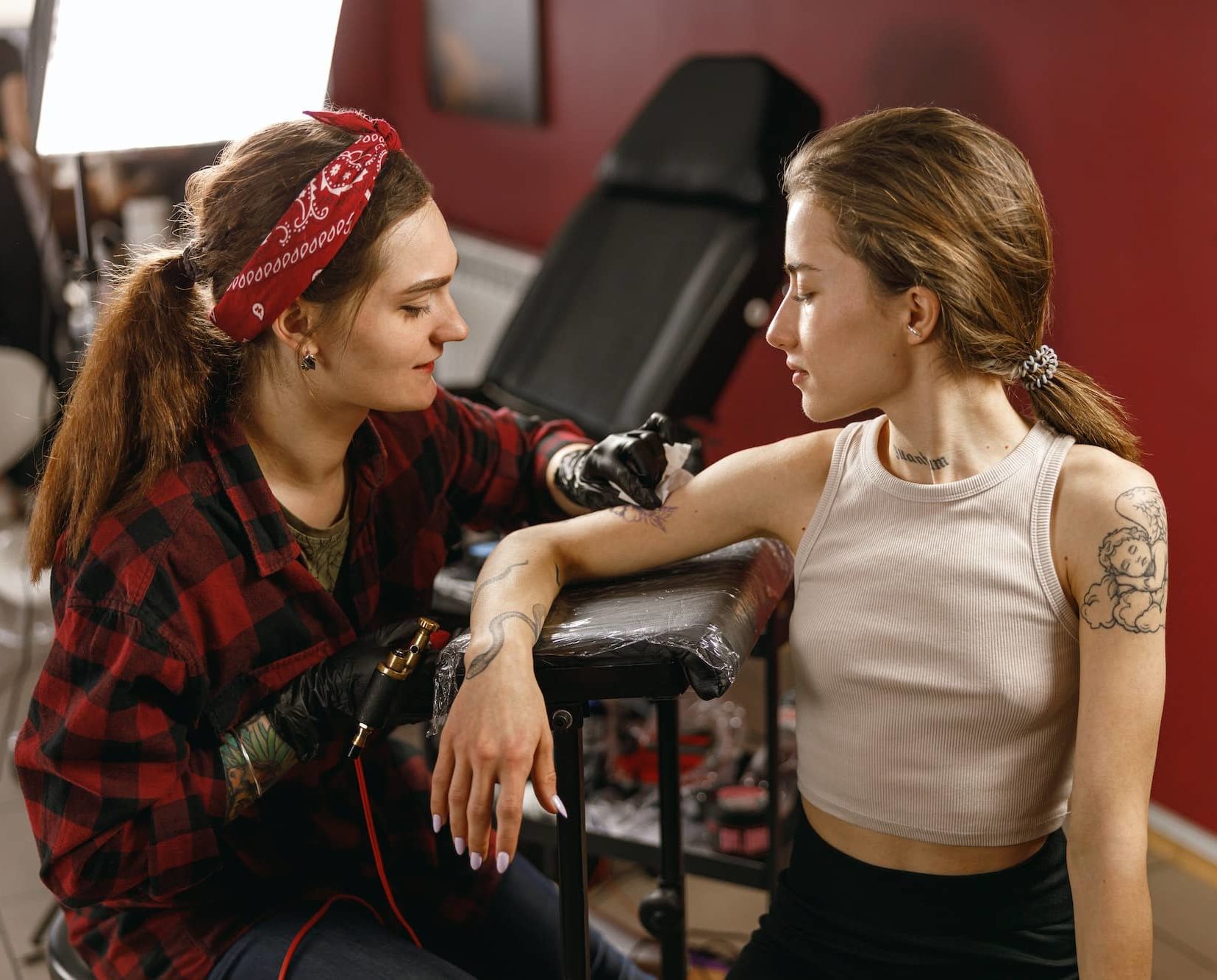Get The Risk-Free Procedure of Getting Your Tattoos Off With Our Tattoo Removal for Diabetics
When it comes to body art, tattoos are a popular choice.
Having diabetes does not preclude you from getting a tattoo, but you must first confirm that your diabetes is under control before deciding to get one done.
A lot of problems may arise with your tattoo. For starters, high blood sugar levels can be problematic regarding the healing process and infection risk. It is also important to keep your blood pressure within the acceptable range.
This is why it is understandable for one to request tattoo removal, especially for someone that has diabetes.
It’s fine, though. You don’t need to be shy or feel awkward. Around 25% of tattooed individuals also want their tattoos removed for various reasons.
But you might also be scared that tattoo removal can give you certain complications, right?
Well, fear not because Pearl Lemon Tattoos will help you get the best risk-free tattoo removal process on the market.
Just give us a call to start.

Diabetic People Getting Tattoos Is Normal
You might want to get a tattoo to show off your artistic and decorative side, or maybe it has something to do with diabetes and use it to show support and raise awareness.
Some people with diabetes get a tattoo to show that they have diabetes. In case of an emergency, doctors and nurses know they have diabetes and can act accordingly.
Self-expression
People often get tattoos that look like something important to them, like a design, an animal, a quote, or a date. A daily reminder of something you love can be an artistic way to express yourself and make you happy.
Diabetes Awareness and Support
You might want to get a tattoo to bring attention to the disease that affects your daily life and show support for it. Some people with diabetes decide to get a tattoo of the blue circle, which is the universal sign of diabetes.
If you wear this symbol on your body, you may feel more connected to other people with diabetes. It will also help bring attention to the fight against the disease and gain support for it. On the Internet, you can find a blue and grey ribbon with a drop of blood on it as another way to bring attention to diabetes. This is another type of tattoo that many people with diabetes get.


A Form of Medical Identification
Most of the time, people with diabetes are told to wear a medical identification bracelet. This is especially important for people who take drugs to lower blood sugar because they are more likely to get low blood sugar (hypoglycemia).
The people who work in the medical field are taught to look for signs of illness, especially when a person is not responding. A person with diabetes who is unconscious could be having a hypoglycemic event, so emergency workers need to know that they have diabetes so they can treat them properly.
People with diabetes usually wear a medical bracelet or necklace or carry a medical ID card with basic health information in their wallets. The Star of Life with the snake and staff inside is one type of tattoo that can be used as a medical ID. This is the universal medical alert symbol for emergency medical service systems.
If you do a quick search online, you’ll find that some people with diabetes choose to change this traditional medical symbol by replacing the staff with a syringe. You can make it any way you want, but you should ensure that you have diabetes.
Some tattoos don’t have pictures, but words, like “Type 1 Diabetes.” Tattoos can be made in a lot of different ways. The great thing about getting a tattoo is that you can make it look however you want. Even though these tattoos have meaning and serve a purpose, there are no rules or standards for them, which can be a problem.
For example, it might be hard to tell if someone has diabetes based on a tattoo since people don’t always get them in places where they can be seen. This can make it hard for people who need to find it to do so.
If you want to get a diabetes tattoo instead of a medical ID, you should place it where people will see it. As an extra layer of protection, you should still wear medical identification jewellery or keep a medical information card in your wallet. Always talk to your healthcare provider about this before making a choice.

Reasons For Diabetic People Getting Tattoo Removals
Tattoos are permanent body art made with needles that are moved by electricity. Ink is put into the dermis with needles (the middle layer of the skin).
When you get a tattoo, the needle breaks blood vessels by going through them. Your body’s natural defence against an injury is to become swollen and bruised as a form of protection.
It’s important to ensure the tattoo shop is licensed and clean to reduce risk. Taking good care of your skin after getting a tattoo is crucial for avoiding infections. But even if you are very careful, there is still a chance that something terrible will happen. This risk is likely higher for people with diabetes, especially those with high blood sugar.
This is why diabetic people with tattoos commonly get their tattoos removed. But there are also other reasons why they do it.
Infection
Some things that can cause a skin infection after getting a tattoo are dirty ink, watered-down ink, non-sterile tools, and not taking good care of the tattoo.
If a person with diabetes doesn’t have a good handle on their blood sugar, they are more likely to get an infection. And if blood sugars are high, it gets harder to fight infections because high blood sugars can weaken the immune system.
When there isn’t enough care or good hygiene at the tattoo site after it’s done, it’s more likely that an infection will happen. When needles go through the skin, they can cause damage that lets microbes pass through, leading to localised skin infections.
In the medical literature, there are sometimes reports of serious bacterial infections that cause severe but rare complications. Infections can cause rash, pain, itching, chills, sweating, pus at the site, fever, and open sores in the tattoo, among other things.
You should see a doctor immediately if you think you have an infection. The sooner you get treated, the better the outcome will be.
People who want a tattoo should know about this risk and see a doctor if they think they might have an infection.


Slow Healing
People with diabetes are more likely to have trouble healing wounds. There are many physical reasons for this, but hyperglycemia and chronic inflammation are two of the most important ones.
A tattoo needs to heal properly to avoid getting an infection. You shouldn’t get a tattoo if your blood sugar is always high. Before you consider getting a tattoo, you should talk to your doctor about your blood sugar levels.
Keloids
Some people get keloids when they get tattoos because of the ink. Scar tissue makes up keloids. If you scar easily or have ever had a keloid, you might want to think twice about getting a tattoo.
Allergies
Tattoos can cause allergic reactions in most people, but because of stricter rules, these reactions are often rare and hard to predict. Some people are allergic to parts of the ink used to make tattoos.
There seems to be a higher risk of a reaction to red dyes, but scientists are still studying the ingredients in ink and their long-term effects. Some people can have an allergic reaction a few years after getting a tattoo.
If you have an allergic reaction, your skin might itch, turn red, or get small bumps. Tattoos may worsen skin conditions like psoriasis or atopic dermatitis (eczema) in people who already have them.


Swollen Lymph Nodes
This can happen in lymph nodes near where the tattoo is, like in the neck, groyne, or armpits. Some swelling is normal, but if it lasts longer, you should see a doctor to rule out an infection.
Regret
Many people get tattoos but later want to get rid of them. Getting rid of a tattoo can be painful, complex, and expensive. Before getting a tattoo, ensure you’re sure about the design you want and have done all the research you can.
Whether it’s the first, the third, or the last reason, we don’t mind. We respect that you want to remove your tattoo, whether it be because of your diabetes or not.
The Process of Tattoo Removal for Diabetics
Your tattoo should be examined by a qualified specialist who can advise you on the best way to proceed. Your tattoo’s age, size, and the number of colours will determine how many treatments you’ll require. The removal will also be determined by your skin’s colour and the depth of the tattoo ink.
For diabetic people like yourself, we commonly suggest the safest tattoo removal procedure: Laser Tattoo Removal for diabetics.
To remove tattoos using this procedure, lasers use an intense light beam to break up the ink’s pigments.
In most cases, laser tattoo removal for diabetics is painful but does not necessitate general anaesthesia. You may want to apply a lotion to numb the skin initially, depending on where you plan to get your tattoo.
After the treatment, apply an ice pack to the affected area to alleviate discomfort. Use antibiotic cream or ointment and a bandage to keep it safe. If you’re going to be outside, be sure to cover up with sunblock.


Rely On Us To Do Tattoo Removal for Diabetics
The healing process after tattoo removal for diabetics will most likely be problematic. As a result, treating diabetic patients is considered a process with utmost precaution.
Taking into account each client’s condition, healing ability, and propensity to contract an infection, we assess each person with diabetes on a case-by-case basis. It will always depend on whether they are fit to undergo laser removal treatment or not.
The location of the tattoo and its style should also be taken into account.
The best way to get approval for diabetic treatment is to consult your general practitioner first.
Once that is signed and sealed, we can now proceed to remove your tattoo.
Pearl Lemon Tattoos guarantee that this is the best way possible. Don’t worry, as our experts will handle you with care like a glass.
Book an appointment today to get started.

